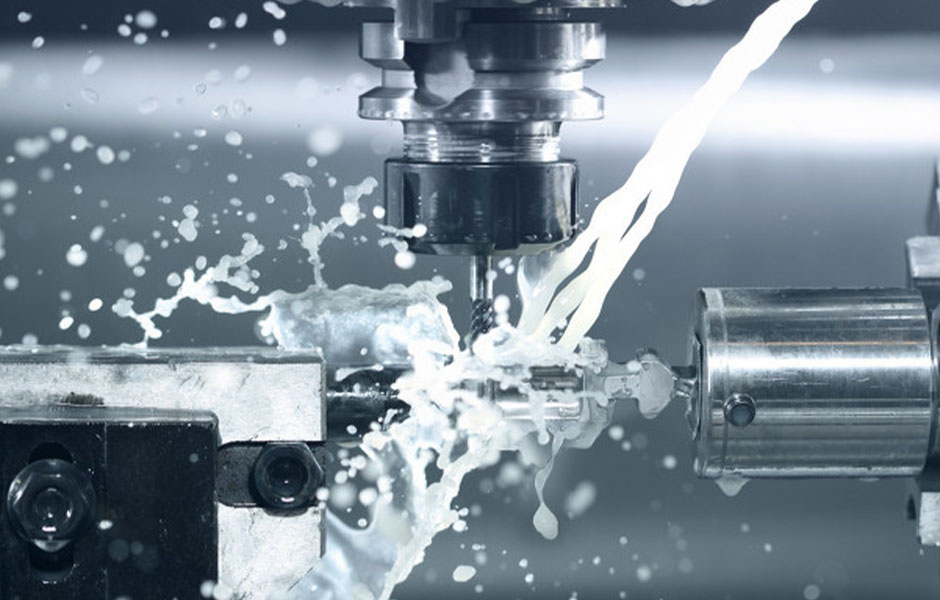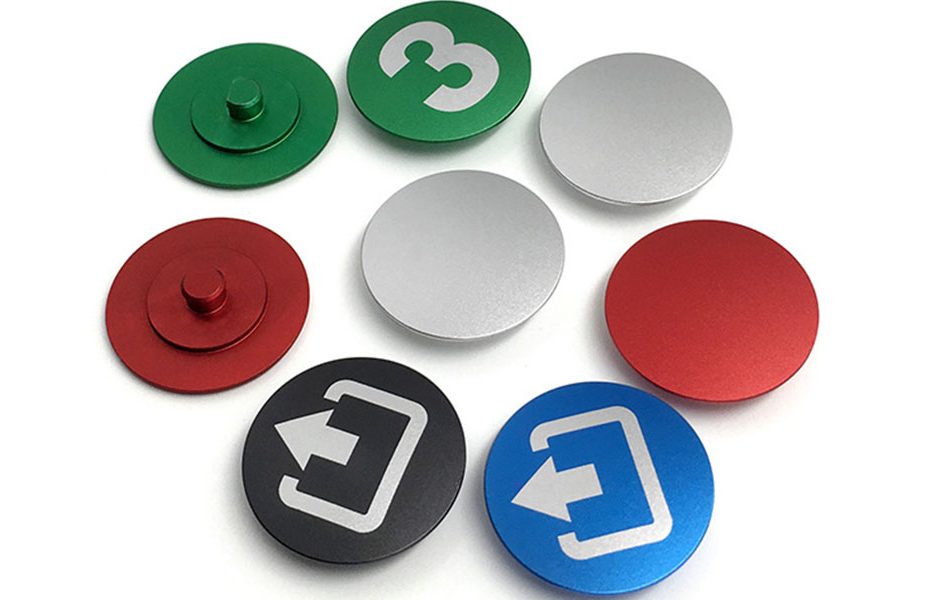As technology advances, there is an increase in demand for the latest model. Lasers are becoming some of the most commonly used versions for various purposes. We use lasers in reshaping and manufacturing processes. It’s even faster than engraving or annealing procedures. Such an attribute makes it the fastest laser marking method. At DFM China, we use laser etching work on aluminum. Since it provides a quality surface finish on the material. Below is in-depth information concerning how the process works and helps the industry.
What Is Laser Etching?
Laser etching is a process where a laser beam is used to create marks on a surface. This is done by releasing a large amount of energy at specific intervals. This can be used for a variety of purposes, such as engraving or cutting.
In the laser etching process, the laser’s extreme heat melts the surface of metals after contacting the metals. After melting, the melted material’s expansion occurs, leaving a mark on the material’s surface. In this process, the surface of a product or a part is melted to create marks on the surface.
The laser etching designs are produced in graphic design software. This graphic design software supports vector files. The design is saved as a vector file after creation, then passed to the laser etching machines for printing purposes. The laser etching machines use a computer numerically controlled router to read the vector files. It also determines the pattern of laser movement to create the desired design.
Aluminum Parts Surface Etching

A wide variety of metals use laser etching work. Some examples include; lead, stainless steel, zinc, anodized aluminum, and magnesium. In aluminum etching, it’s widely used in the etching of aluminum.
The etching process dissolves metal precisely and selectively. We use acid etchants or chemicals in the creation of aluminum parts. We are resulting in the making of burr-free and stress-free parts. Workpiece production is more defined, with safety guaranteed.
What’s The Process of Laser Etching?
By pulsing a laser beam, we achieve a high-energy outburst. A release of 100,000 pulses in a pulse laser of 100W. Each of the energy pulsations mounting to 1 millijoule. In engraving the metals, a lesser energy per area is crucial.
During the process, a beam hits the surface of the workpiece. The layer absorbs the beam converting it into heat. Also, it transforms reflected beams of energy into heat. Once the absorption is complete, the surface melts and expands.
The temperature of the workpiece increases with an increase in malleability. As the malleability shifts, the shape also changes. The surface undergoes different formations as it melts and is allowed to cool. Such a process allows permanent high-quality markings on the surface.
What’s The Etching Aluminum Panel Using Simple Steps?
Although we use easy methods in etching aluminum, it involves harmful chemicals. Therefore, necessary precautions are vital before doing the task. Below are some of the materials used in the process;
- A shallow container (to mix peroxide with acid)
- Another container with water (to rinse the panel)
- Hydrochloric acid and hydrogen peroxide
- Aluminum panel
- Some PNP-blue sheets
- Eyeglasses for protection
- Protective clothes
- Laser printer ink
- A design for the etching
The procedure takes place somewhere open and vented. Such an area is free from fumes and deadly gases. All the provided precautions are to ensure the personal and safety of others.
Printing on PNP and Design Creation
The creation of any design takes place in a vector application. It’s vital to flip the model before the printing process. We use paper sheet material to print the design. Cut along a piece of PNP blue from the edge of the model. Then attach the PNP blue on a sheet and pass it to a laser printer.
Cleaning and Preparing the Aluminum Panel
First, clean and prepare the aluminum panel. Then cut according to the desired choice of want. Once again, remove dirt and clean with water. Let the material dry for some time.
Design Transfer
We transfer the design onto the aluminum panel. It is vital to align the material of the model accurately. Using tape, hold all sides of PNP blue and shield from heat. We protect from the heat by using pieces of cloth on the panel.
Using tape, use an iron to heat the toner covering each side. The transfer is only complete when the whole workpiece turns black. Later, remove the tape and place it on PNP blue.
Laser Etching Work on the Aluminum Panel as We Fix the Missing Mark
Use a sharpie pen or paint to fix missing marks. Let the ink coverage be the whole sum, even in the missing areas. Then, we mix acid and peroxide in a plastic container. Upon mixing them in proportions, add hydrogen peroxide, followed by the addition of acid.
The mixture causes a reaction that takes place in the container. Remove the aluminum panel, and clean thoroughly with water.
Paint the Panel
Spray paint the panel and leave it dry. Drying enables a glossy finish appearance on the surface. Sand, the surface to remove the extra paint. Rinse the aluminum panel and leave it to dry.
In conclusion, laser etching perfects aluminums’ surface finish. At DFM China, we use the process to perfect your project to the desired want. In doing so, the workpieces’ lifespan increases, and efficiency improves. Kindly choose Dfm China in projects relying on laser etching work of aluminum.
Furthermore, at DFM China, we also provide more choices for parts surface letters, numbers, symbols, and more such as CNC engraving, silk-screen process, and more. Of course, this will take various materials like stainless steel, copper, P20, PEEK, Nylon, POM, UHMW-PE, and more.
CNC MACHINING SERVICES

DFM China is a CNC manufacturing and sheet metal fabrication company, including CNC machining services, CNC milling services, CNC turning services, laser cutting services, and stamping services.
DFM China offers professional CNC machining and rapid prototyping service for making a wide array of product parts. Our excellent quality control systems ensure that all our deliveries are speedy and standard for every manufacturing size in both low-volume and high-volume productions. Feel free to reach out for a free quote on your project.
